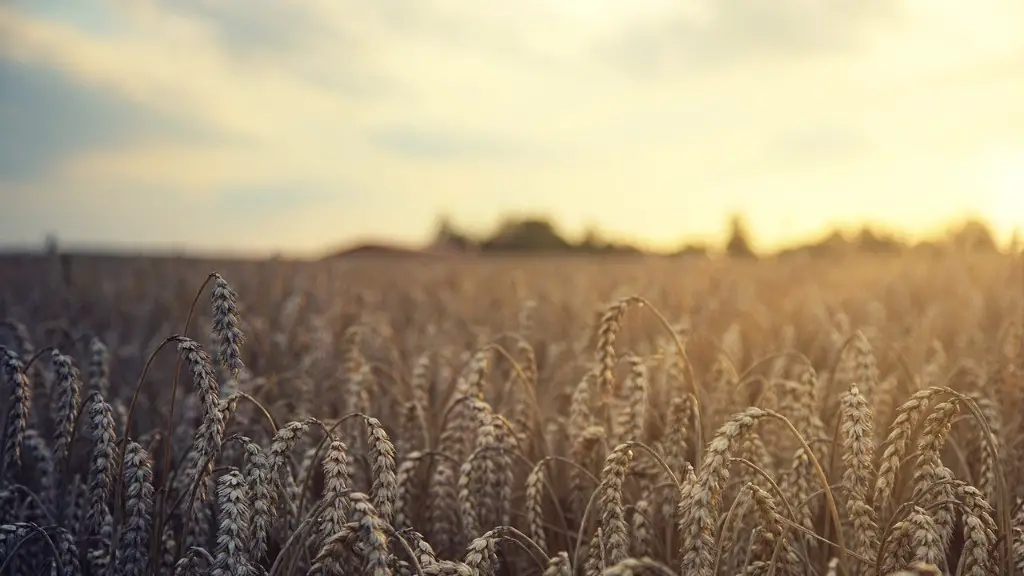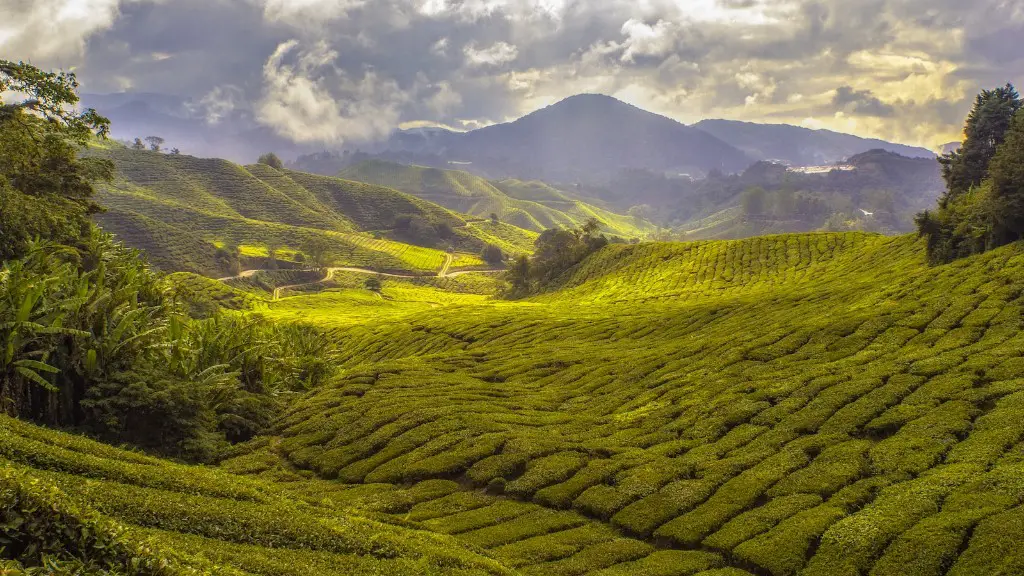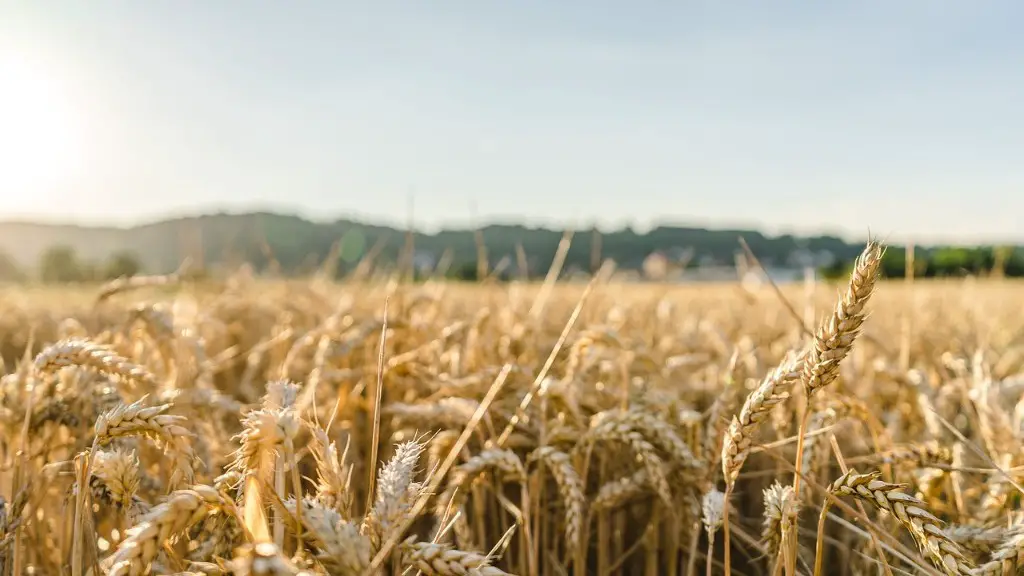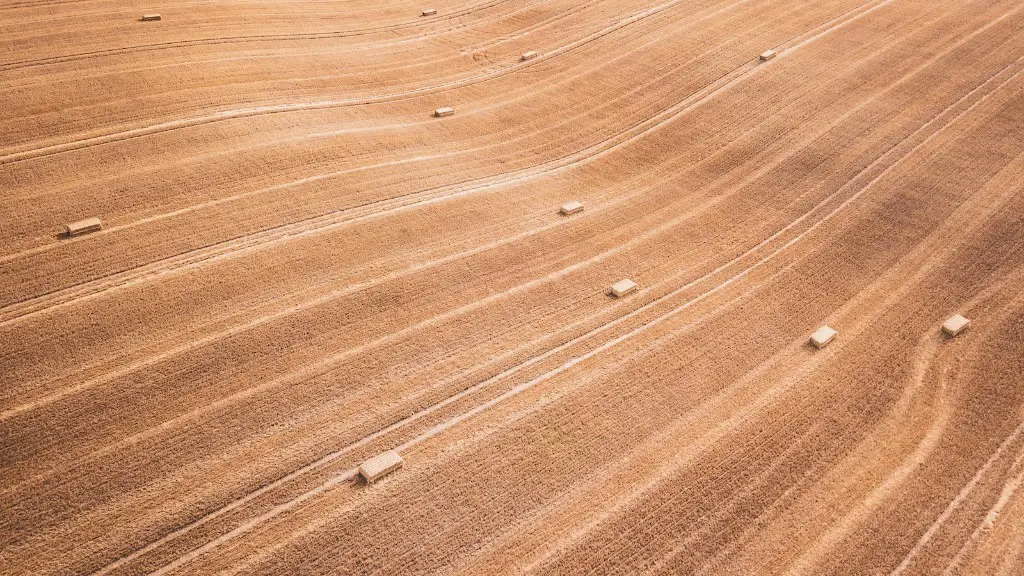Carrying capacity is the population of a given species that an environment can sustainably support without degradation of the environment. Carrying capacity in agriculture is determined by the land’s fertility, the availability of water, and the climate. It also depends on the farmer’s management practices, the crop mix, and the livestock breed.
Carrying capacity is the maximum number of individuals of a particular species that an ecosystem can sustainably support. In agriculture, carrying capacity refers to the number of animals that can be raised on a piece of land without damaging the environment or depleting the resources upon which the animals depend.
What do you mean by carrying capacity?
Carrying capacity is an important concept in ecology, as it helps to determine the maximum population size that a particular habitat can support. Environmental factors like food, water, shelter, and mates all play a role in determining a population’s carrying capacity. If these needs are not met, the population will decrease until the resource rebounds.
Carrying capacity is an important concept in ecology, and refers to the maximum number of individuals of a given species that can be supported by a given environment. In the example of grazing cattle, overgrazing can lead to serious consequences for the environment, including soil depletion and loss of vegetation. This can in turn lead to a decline in the carrying capacity for the cattle, and a negative feedback loop is established. It is therefore important for farmers to be aware of carrying capacity and to manage their grazing accordingly.
How does carrying capacity relate to agriculture
Carrying capacity is an important concept in range management, as it sets a sustainable level of grazing that can be carried out on a given piece of land without damaging the vegetation or soil resources. By understanding the carrying capacity of their land, managers can develop a plan for grazing that will allow for the long-term health of the ecosystem.
The carrying capacity of an environment is determined by the availability of resources like food and water, and the amount of space available. If the environment cannot support the population, the population will decline. Carrying capacity can change over time, depending on the resources available and the state of the environment.
What is the carrying capacity example?
The carrying capacity of a coral reef is determined by the amount of food available for the fish. The more food available, the more fish that can survive on the reef. The carrying capacity can be increased by increasing the amount of food available, or by reducing the number of fish on the reef.
The pond will have a limited number of resources, such as food and shelter. Once the population of turtles reaches the maximum that the pond can sustain, the population will remain stable at that size. This is an example of carrying capacity in nature.
What is carrying capacity and why is it important?
The carrying capacity of an area determines the size of the population that can exist or will be tolerated there Biological carrying capacity is an equilibrium between the availability of habitat and the number of animals of a given species the habitat can support over time.
Carrying capacity is the number of animals or people that an area can support without damaging the environment. This concept can be applied to physical, ecological, economic, and social systems.
What are the three types of carrying capacity
Carrying capacity is the ability of an ecosystem to support a certain number of animals or plants. The carrying capacity of an ecosystem can be altered by physical or ecological factors, such as changes in the environment or introduction of new species. Social factors, such as population growth or resource consumption, can also impact the carrying capacity of an ecosystem. Political-economic factors, such as land use policies or trade agreements, can also affect the carrying capacity of an ecosystem.
The carrying capacity of an ecosystem is determined by the availability of abiotic and biotic factors. Abiotic factors, such as water, oxygen, and space, dictate how many organisms can live in an ecosystem. Biotic factors, such as food, also impact carrying capacity. The availability of decomposers also affects carrying capacity.
What does carrying capacity depend on?
Carrying capacity is the theoretical maximum number of animals that can be supported by a given area of habitat without exceeding its carrying capacity. This number is determined by the availability of food, water, and other resources necessary to sustain the animals. Carrying capacity may vary over time, depending on environmental conditions and the presence of other animals competing for resources.
Diverse perennial plants can create a more stable and productive ecosystem, as they are better able to withstand disturbance and recover from grazing. These plants also tend to be more efficient in catching and using moisture and sunlight, leading to increased biomass and productive soils.
Which of the following best describes carrying capacity
Carrying capacity is determined by a variety of environmental factors, such as food availability, water resources, and shelter. It represents an approximate maximum population size that an environment can support without being degraded.
As a population nears its carrying capacity, growth slows significantly. The logistic growth model reflects the natural tension between reproduction (which increases a population’s size) and resource availability (which limits a population’s size).
What is the best definition for carrying capacity quizlet?
The carrying capacity of an environment is the maximum number of individuals of a population that can be supported by the resources of that environment indefinitely. Once the carrying capacity is reached, the population will no longer be able to grow. The carrying capacity can be affected by many factors, including the availability of food and shelter, the climate, and the presence of predators.
Land carrying capacity is important because it allows us to understand the potential carrying capacity of a region and the limits to human activity. It is a vital tool for regional planning and sustainable development.
What is the importance of carrying capacity in a natural ecosystem
The carrying capacity of a habitat is the maximum number of organisms it can support sustainably. Carrying capacity is important because if a population exceeds it, the habitat can become degraded and unsuitable. Degradation can occur through over-exploitation of resources, pollution, or other forms of damage. Once a habitat is degraded, it can take a long time to recover. Therefore, it is important to manage populations so that they do not exceed the carrying capacity of their habitat.
The carrying capacity is the maximum number of individuals of a species that an environment can support. Population size decreases above carrying capacity due to a range of factors depending on the species concerned, but can include insufficient space, food supply, or sunlight.
Conclusion
Carrying capacity is the maximum number of animals of a particular species that an area can support without harming the environment.
Carrying capacity is the ability of an ecosystem to support a certain population of organisms without being degraded. In agriculture, carrying capacity is often used to refer to the number of livestock that can be sustainably raised on a piece of land. Carrying capacity can be affected by a number of factors, including the amount of food and water available, the quality of the habitat, and the presence of predators or parasites.





